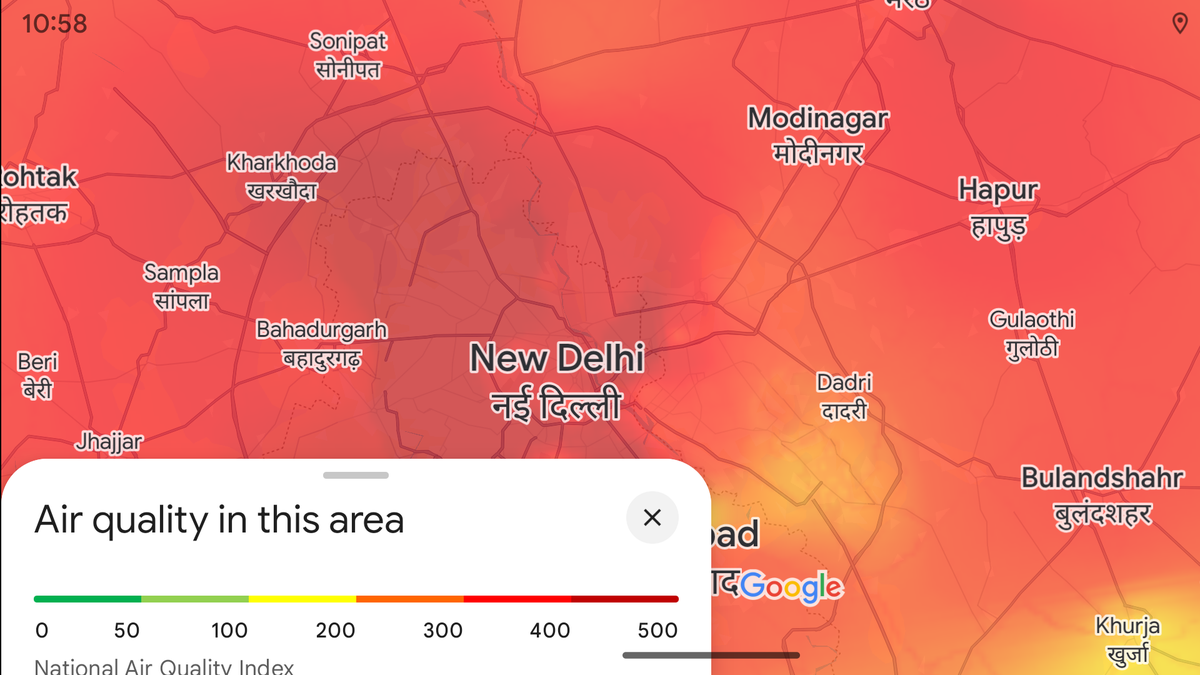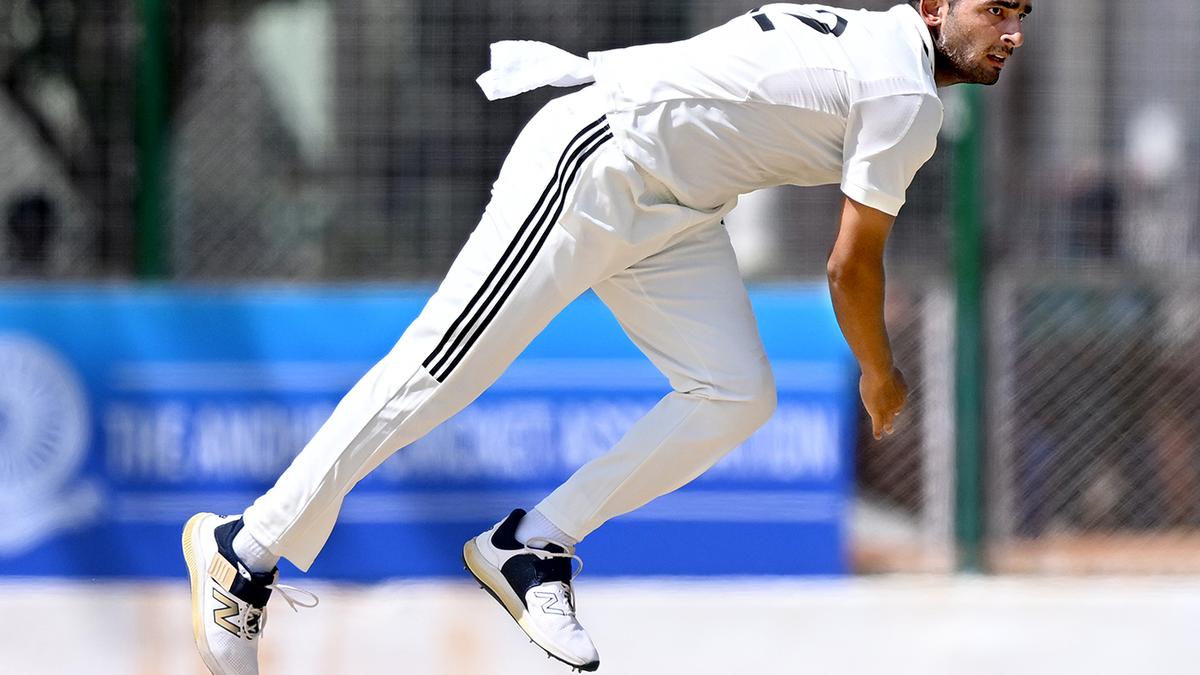NEW DELHI: In her maiden visit to Pradhanmantri Sangrahalaya on Monday, President Droupadi Murmu spent over one hour exploring the Constitution gallery, the ‘Temples of Modern India’ section, and institutions established post-Independence. The Toshakahana, featuring gifts received by successive PMs caught her interest. Additionally, she toured the private wing of India’s first Prime Minister Jawaharlal Nehru.
In the new building, the President explored the ‘Freedom and Unity’ galleries, showcasing films on Mahatma Gandhi, Sardar Vallabhbhai Patel and Netaji Subhas Chandra Bose. She also visited the galleries of various PMs, observing items like Lal Bahadur Shastri’s badminton racket and charkha, the letters of Jayaprakash Narayan and his jail diary, as well as the exhibits on Pokharan II nuclear tests, Golden Quadrilateral and Kargil War.
President Murmu visited the addition to the museum – the Narendra Modi gallery – which will be thrown open to the public from Tuesday. The gallery, divided into sections including Modi’s early life, focuses on the his style of governance, commitment to environment, development, international peace and goodwill, science, security and cultural heritage. The Modi gallery, which incorporates generous doses of digital interactive technologies like AI and Virtual Reality, has been developed indigenously by Tagbin.
“I am convinced every Indian citizen who comes here and sees the various galleries will feel proud,” she wrote in the visitor’s book at the end of her visit.
In the new building, the President explored the ‘Freedom and Unity’ galleries, showcasing films on Mahatma Gandhi, Sardar Vallabhbhai Patel and Netaji Subhas Chandra Bose. She also visited the galleries of various PMs, observing items like Lal Bahadur Shastri’s badminton racket and charkha, the letters of Jayaprakash Narayan and his jail diary, as well as the exhibits on Pokharan II nuclear tests, Golden Quadrilateral and Kargil War.
President Murmu visited the addition to the museum – the Narendra Modi gallery – which will be thrown open to the public from Tuesday. The gallery, divided into sections including Modi’s early life, focuses on the his style of governance, commitment to environment, development, international peace and goodwill, science, security and cultural heritage. The Modi gallery, which incorporates generous doses of digital interactive technologies like AI and Virtual Reality, has been developed indigenously by Tagbin.
“I am convinced every Indian citizen who comes here and sees the various galleries will feel proud,” she wrote in the visitor’s book at the end of her visit.






